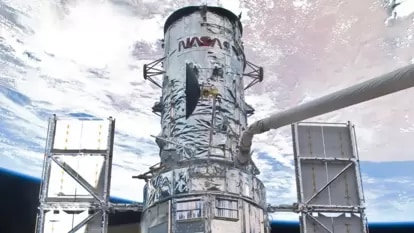NASA Image of the Day 31 December 2022: Moon over Makemake!
NASA Image of the Day today is a mesmerizing snapshot of the second brightest dwarf planet of the Kuiper belt, Makemake with its moon.
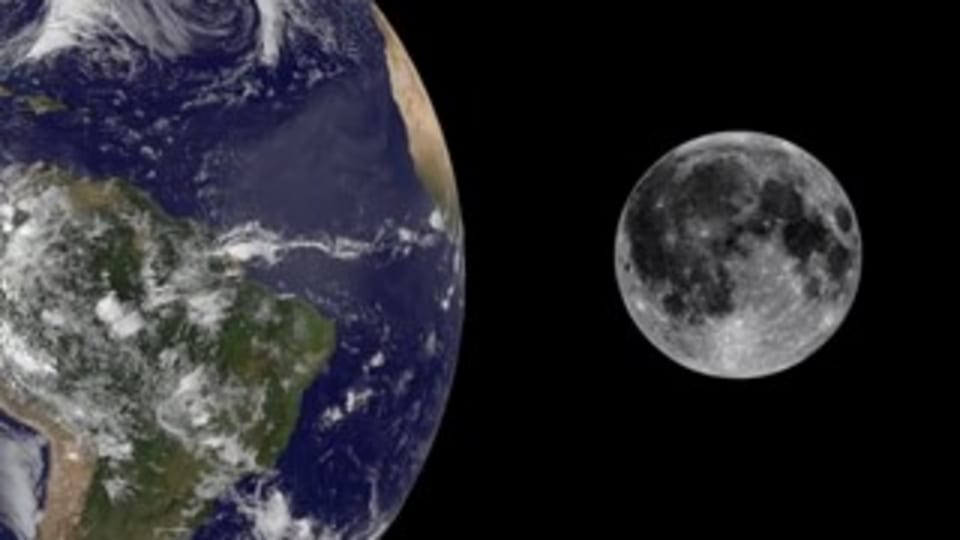
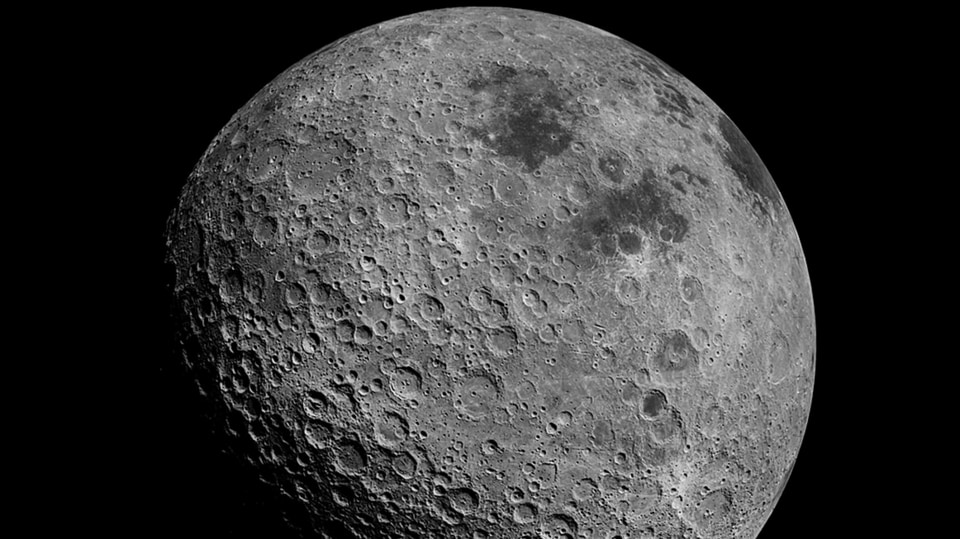
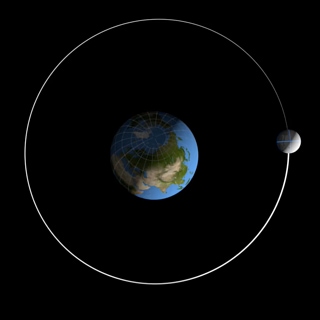
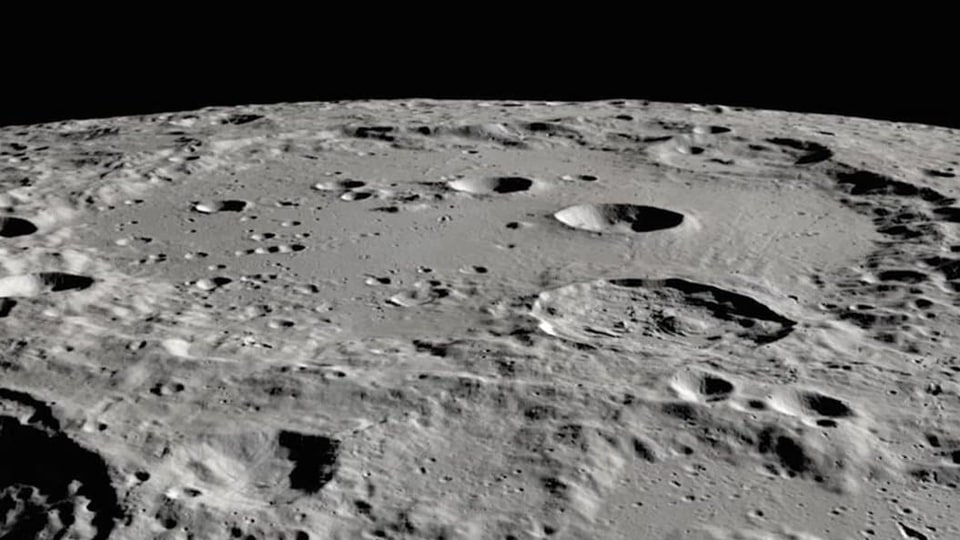
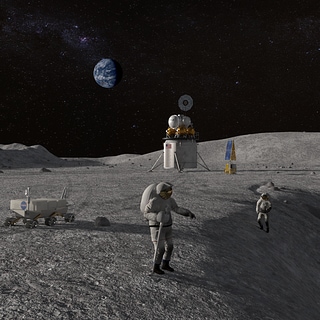
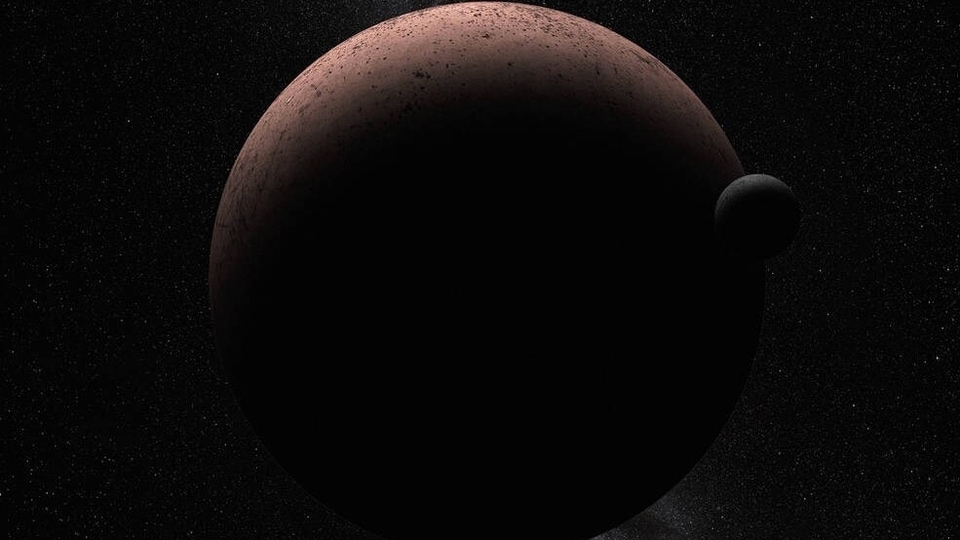
 View all Images
View all ImagesYou would be surprised to know that Makemake holds an important place in the history of solar system studies. Reason? Makemake, along with Eris, was one of the objects whose discovery prompted the International Astronomical Union to reconsider the definition of a planet and prompted the creation of a new group of dwarf planets. The Kuiper Belt, a donut-shaped region of icy bodies beyond the orbit of Neptune, is the residence of this dwarf planet Makemake. Makemake is the second-brightest object in the Kuiper Belt as seen from Earth, while Pluto is the brightest.
NASA's Image of the Day is none other than the mesmerizing image of the Makemake along with its moon. NASA explains, “Makemake, the second brightest dwarf planet of the Kuiper belt, has a moon. Nicknamed MK2, Makemake's moon reflects sunlight with a charcoal-dark surface, about 1300 times fainter than its parent body.” NASA further revealed that Makemake's moon was spotted by the Hubble Space Telescope in 2016.
“About 160 kilometres (100 miles) across compared to Makemake's 1400-kilometre diameter, MK2's relative size and contrast are shown in this artist's vision. An imagined scene of an unexplored frontier of the Solar System, it looks back from a spacecraft's vantage as the dim Sun shines along the Milky Way,” NASA said. The reason for its faint appearance is that the Sun is over 50 times farther from Makemake than it is from planet Earth.
Makemake is special!
Makemake takes about 305 Earth years to make one trip around the Sun. As Makemake orbits the Sun, it completes one rotation every 22 and a half hours, making its day length similar to Earth and Mars. The observation of Makemake and its moon MK 2, just as for Pluto and its satellites, will measure the system's mass and density and allow a broader understanding of the distant worlds.
Catch all the Latest Tech News, Mobile News, Laptop News, Gaming news, Wearables News , How To News, also keep up with us on Whatsapp channel,Twitter, Facebook, Google News, and Instagram. For our latest videos, subscribe to our YouTube channel.





